Description
The **Constitution of India** is the supreme law of the country, outlining the framework for governance, the organization of the state, and the fundamental rights and duties of citizens. It is the longest written constitution of any sovereign country and consists of **parts, articles, schedules, and appendices**. Here is an overview of its key features:
### 1. **Adoption and Enactment**
– **Adopted** on **26th November 1949** by the Constituent Assembly.
– Came into force on **26th January 1950**, which is celebrated annually as **Republic Day**.
– Dr. **B.R. Ambedkar** is often regarded as the principal architect of the Constitution.
### 2. **Structure of the Constitution**
The Constitution of India is divided into several parts and contains provisions that cover various aspects of governance:
– **Parts**: There are 25 parts, which deal with everything from the Union and State executive powers to the structure of the judiciary and the functions of the legislature.
– **Articles**: The Constitution originally had 395 articles, which have since been expanded through amendments. These articles are organized under different parts and provide detailed provisions about the functioning of the government, rights of the people, and more.
– **Schedules**: The Constitution contains **12 schedules** that list specific provisions like the allocation of powers, languages, and the creation of new states.
– **Amendments**: It is a **living document** and can be amended. The **first amendment** was made in **1951**, and as of now, there have been more than 100 amendments.
### 3. **Key Features**
– **Federal System**: India is a federal country, but with a strong central government. The division of powers between the central and state governments is defined in **Union List, State List, and Concurrent List**.
– **Parliamentary System**: India follows a **parliamentary system** of government, meaning the executive (the Prime Minister and the Council of Ministers) is accountable to the legislature (Parliament).
– **Sovereign State**: India is a sovereign republic, meaning it has supreme authority within its territory.
– **Secular State**: The Constitution establishes India as a secular state, ensuring that the government will not favor any religion.
– **Democratic**: It guarantees a **representative democracy** where the people elect their representatives to make decisions on their behalf.
– **Independent Judiciary**: The judiciary in India is independent, with the **Supreme Court** being the highest authority on constitutional matters.
### 4. **Fundamental Rights**
– The Constitution guarantees **Fundamental Rights** to every citizen under **Part III**. These rights are justiciable, meaning they can be enforced in a court of law. They include:
– Right to Equality (Articles 14-18)
– Right to Freedom (Articles 19-22)
– Right against Exploitation (Articles 23-24)
– Right to Freedom of Religion (Articles 25-28)
– Cultural and Educational Rights (Articles 29-30)
– Right to Constitutional Remedies (Article 32)
– These rights ensure individual liberty and equality before the law.
### 5. **Directive Principles of State Policy**
– **Part IV** of the Constitution contains the **Directive Principles of State Policy**, which guide the government in making laws and policies to ensure social and economic justice. These principles are not enforceable by courts but are meant to act as guidelines for the government to follow.
### 6. **Fundamental Duties**
– Under **Article 51A**, **Part IVA**, the Constitution outlines the **Fundamental Duties** of citizens, such as respecting the Constitution, the national flag, and national anthem, promoting harmony, and safeguarding public property.
### 7. **The Union and its Territory**
– India is a **Union of States**, with **28 states** and **8 Union Territories**. The Constitution lays down the conditions for the formation of new states or union territories and the reorganization of existing ones.
### 8. **Legislature**
– The **Parliament of India** consists of two houses: the **Lok Sabha (House of the People)** and the **Rajya Sabha (Council of States)**. The Parliament makes laws, represents the people, and holds the government accountable.
### 9. **Executive**
– The **President of India** is the head of state, with limited powers, while the **Prime Minister** and the **Council of Ministers** hold executive authority, responsible for day-to-day governance.
### 10. **Judiciary**
– The **Supreme Court** is the highest judicial authority and is tasked with interpreting the Constitution and upholding the rule of law. Below it are High Courts for each state and lower courts.
### 11. **Amendments**
– The Constitution allows for amendments to adapt to changing times. The **Procedure for Amendment** is outlined in **Article 368**, and amendments require a special majority in Parliament. Some amendments require ratification by at least half of the states.
### 12. **Secularism and Social Justice**
– The Constitution promotes **social justice** and aims to remove inequalities, protect minorities, and ensure equal opportunities for all, regardless of caste, creed, or religion.
### 13. **Emergency Provisions**
– The Constitution provides for the imposition of **Emergency** under **Article 352** in the case of war, external aggression, or internal disturbance, giving the central government extraordinary powers.
### Conclusion:
The Constitution of India is a comprehensive and dynamic document that serves as the legal and moral foundation of the Indian Republic. It provides a framework for governance while safeguarding the rights of citizens. Through its various provisions, it ensures that India remains a democracy, respects human rights, and aims for social and economic progress.
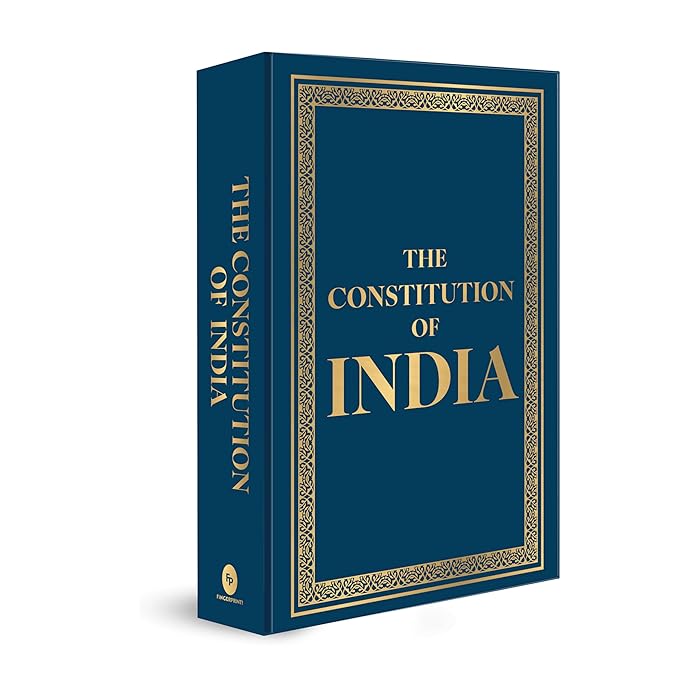
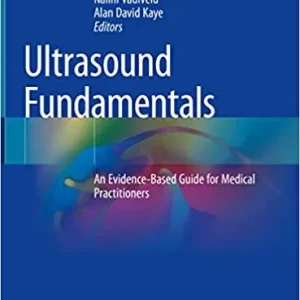





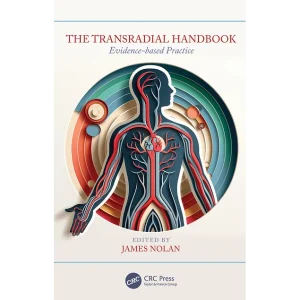

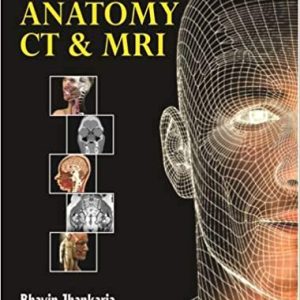























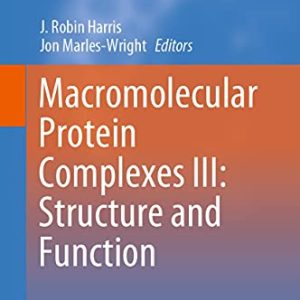


Reviews
There are no reviews yet.